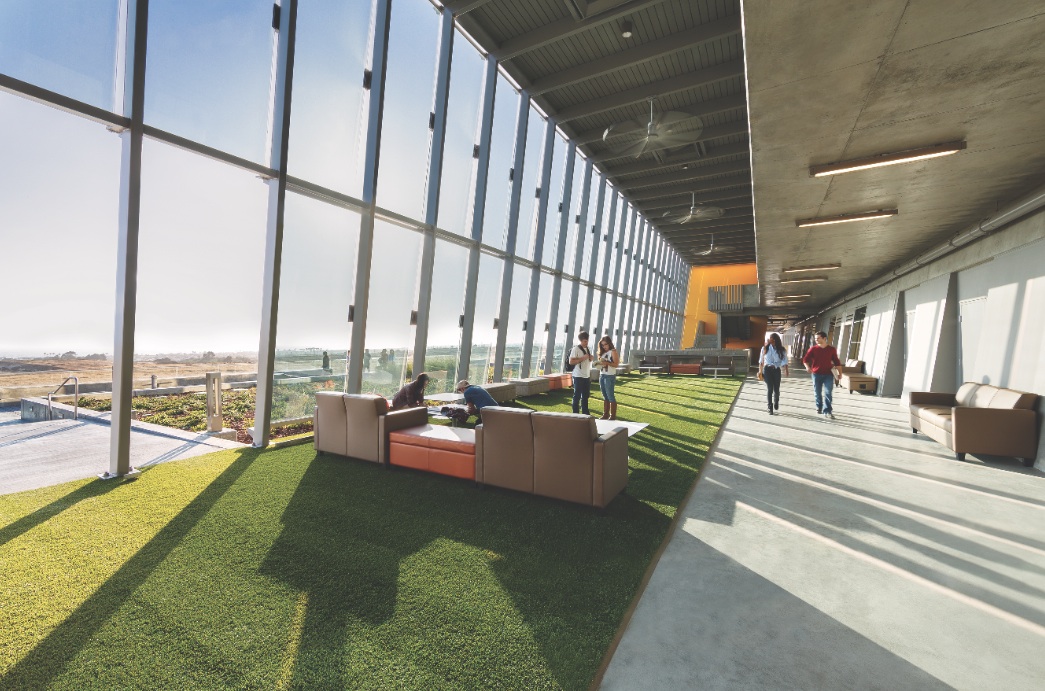Providing more comfortable conditions to building occupants has become a top priority in today’s interior designs. Optimized daylighting, shading strategies, well-coordinated lighting controls, and underfloor air distribution systems can contribute to improved occupant comfort and energy savings.
After reading this article, you should be able to:
• Explain how environmental effects of building interiors can impact human comfort, productivity, workplace satisfaction, and mood.
• Describe various approaches to daylighting and how each approach optimizes building interiors and benefits building performance.
• Discuss shading systems, their applications, and how they can have a positive effect of occupant comfort.
• List the benefits of lighting controls and underfloor air distribution to improve the interior environment while reducing energy use.
Take the free AIA/CES Discovery course at BDCuniversity.com.
Related Stories
| Aug 11, 2010
Jacobs, HDR top BD+C's ranking of the nation's 100 largest institutional building design firms
A ranking of the Top 100 Institutional Design Firms based on Building Design+Construction's 2009 Giants 300 survey. For more Giants 300 rankings, visit http://www.BDCnetwork.com/Giants
| Aug 11, 2010
Earthquake engineering keeps airport grounded
Istanbul, Turkey's new 2.15 million-sf Sabiha Gökçen International Airport opened on October 31, 2009, becoming the world's largest seismically isolated building. Arup's global airport planning and engineering team, in collaboration with architects Dogan Tekeli Sami Sisa Mimarlik Ofisi and contractor LIMAK-GMR JV, working within an 18-month timeline, designed and built the facility wi...







